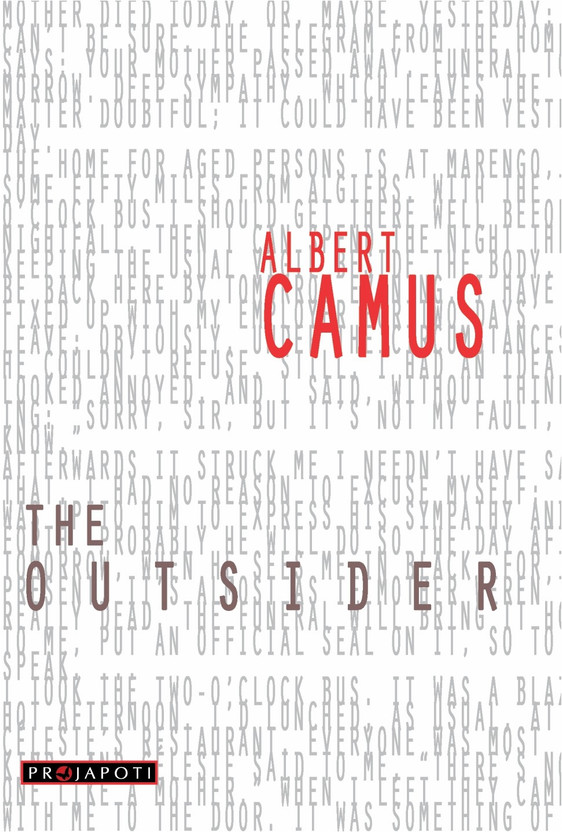

It’s a novel born of its times and yet enduring. The Stranger, that sparest of novels, retains its ambiguity 75 years after its publication. Henri Cartier-Bresson’s photos of Camus – the most enduring one with Camus in a trench coat, looking sideways at the camera, a cigarette dangling from his lips – were all taken between 19, after the War, and after the book was published (when Camus’s favoured Gauloises were once again available).

It became synonymous with existentialism, to Camus’s own chagrin, and it won its author fame and notoriety in equal measure. The Stranger continues to have a vivid afterlife. It coincided with the recognition of Camus as a key figure of the French resistance. It wasn’t just how the book came to be written, or the fact that Camus wrote it as the Second World War broke out, but because of the aura that surrounded Camus soon after the book’s publication. It came to have a life of its own, but oftentimes, there was no separating the book from its writer. The Outsider / The Stranger (Stuart Gilbert’s English translation, published in 1946, had different titles in different countries) wasn’t exactly a best-seller in its early years. When Albert Camus’s L’Etranger was published in France in early 1942, no one, least of all its 29-year-old author, could have guessed the impact the book would have, then and in the future.


Inside the hellfires of India’s brick industry.


 0 kommentar(er)
0 kommentar(er)
